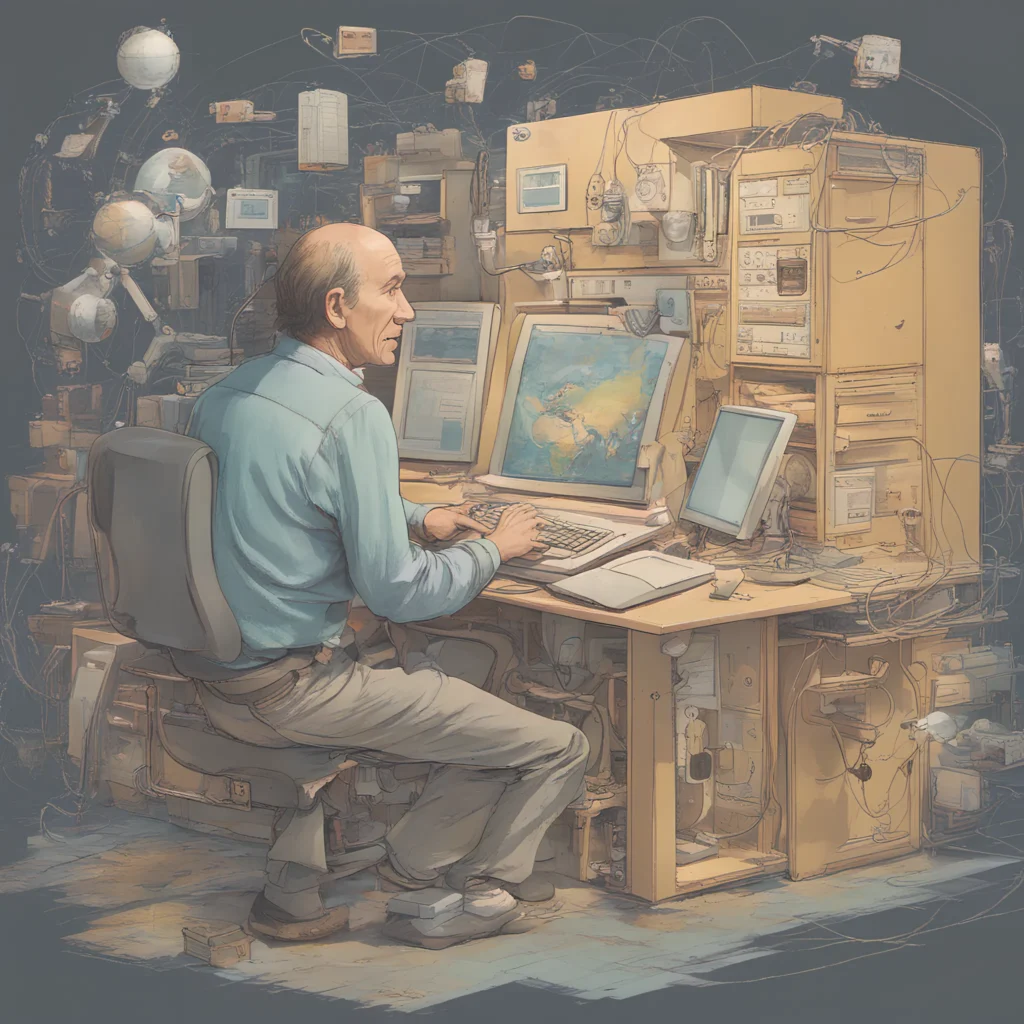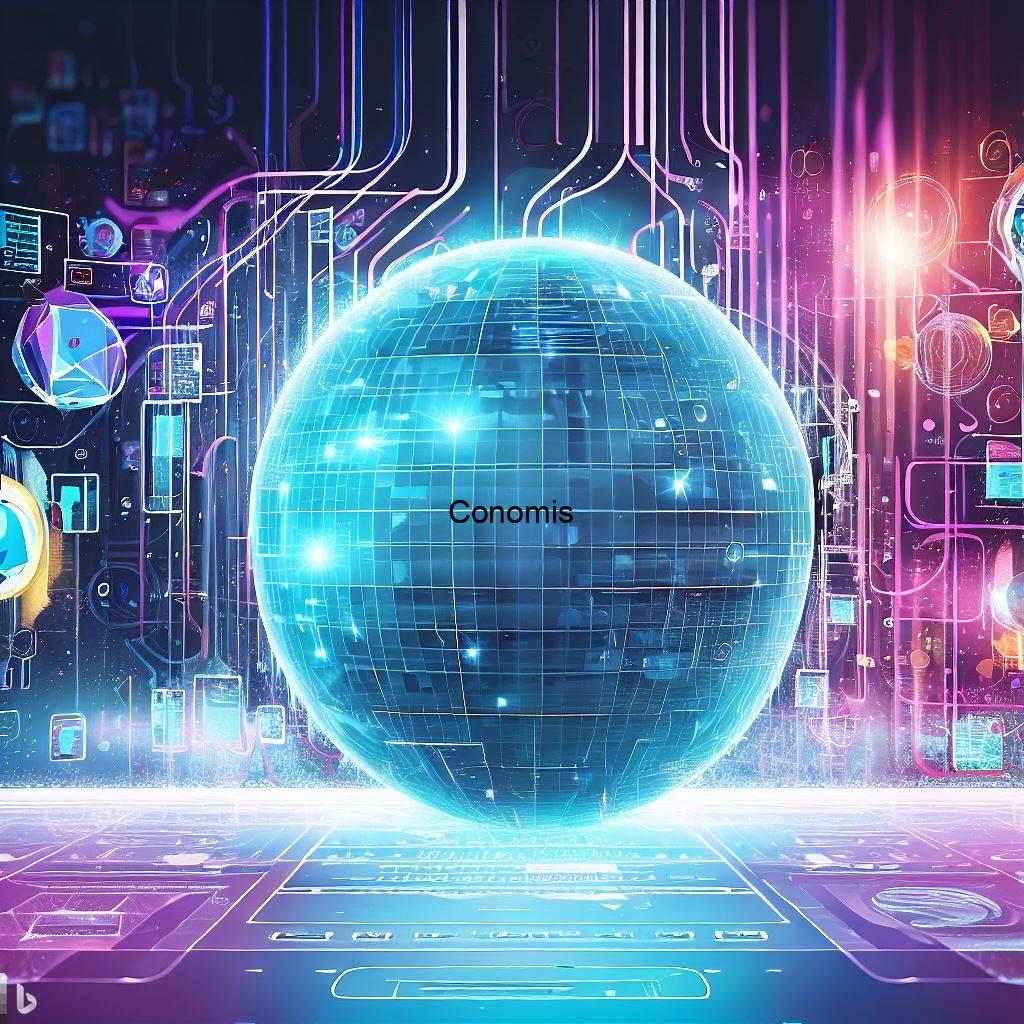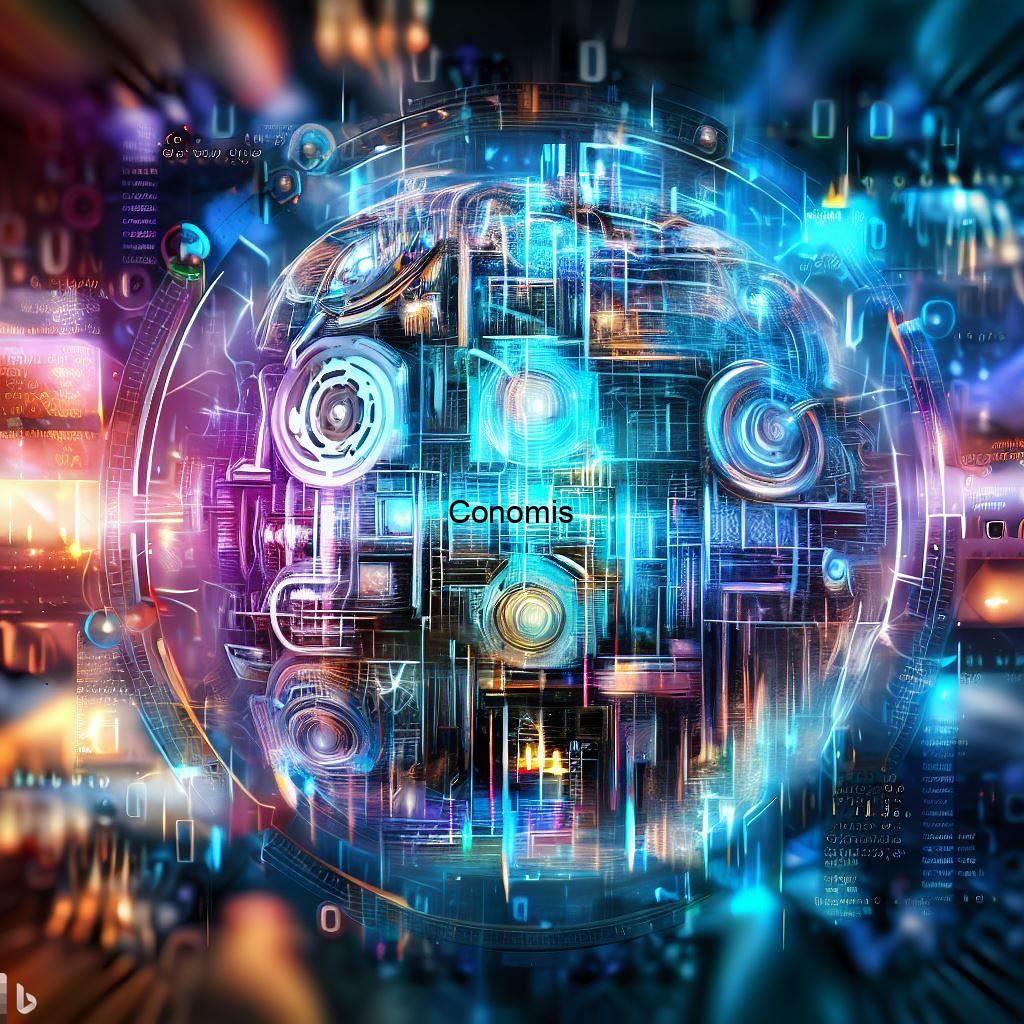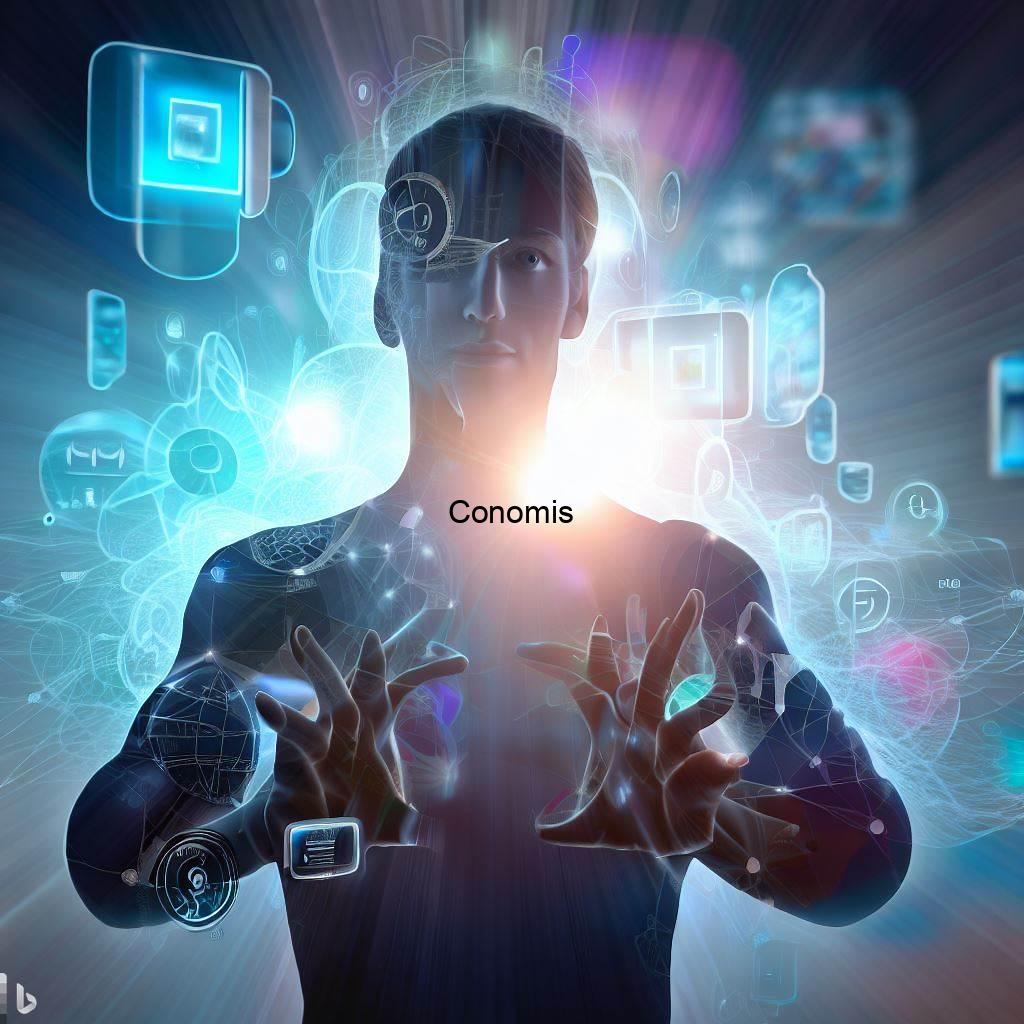Table of Contents
Introduction
The World Wide Web is one of the most revolutionary inventions of our time. Its ramifications have been so far-reaching that they have transformed communication, information sharing, and business. This ground-breaking platform was created in 1989 by British computer scientist Tim Berners-Lee while working at CERN.
Tim Berners-Lee had a brilliant concept for a system that would simplify communication and collaboration among researchers at CERN, the European Organisation for Nuclear Research. This concept eventually resulted in the creation of the World Wide Web as we know it today. The World Wide Web’s papers, which were planned to serve as a network of interconnected publications, were formatted and linked using Hypertext Markup Language (HTML).
Tim Berners-Lee’s idea launched us down a path that would forever change how we access and use digital information. Since the early days of the Internet, when the majority of web pages were static, emerging technologies such as Cascading Style Sheets (CSS) and JavaScript have enabled more dynamic and interactive web sites.

In addition, the Web underwent later evolution. It heralded the Web 2.0 era, which was defined by user-generated content, interactive user interfaces, and social media platforms that transformed online collaboration and communication.
The Internet has entered a new age with the introduction of Web 3.0, also known as the Semantic Web, in which data is interpreted by machines, making it more intelligent and linked. Web 3.0’s possibilities are broad, ranging from tailored content distribution to AI and beyond.
Looking ahead, we may start to imagine something we might name Web 4.0. Web 4.0 envisions a network infrastructure in which machine learning and artificial intelligence play a larger role, allowing users to have extremely immersive and personalised digital experiences.
To summarise, the Internet’s expansion has been astounding. It all began with Tim Berners-Lee’s visionary work at CERN and has since evolved into a revolutionary technology that has changed the face of the planet. By embracing these changes and advancements, the Internet will continue to alter our lives and pave the way for a more connected and bright future.
The Birth of the Internet (World Wide Web)
Tim Berners-Lee, a brilliant mind, created a system that has the potential to significantly increase communication and collaboration among scientists at CERN, the European Organisation for Nuclear Research. He had no idea his invention would evolve into the World Wide Web, one of the most significant technological advances in history.
When Tim Berners-Lee proposed the World Wide Web, he realised his vision for the Internet. By establishing a direct connection across databases of related information, this revolutionary network lay the framework for the digital age we now live in.
The flexible markup language Hypertext Markup Language (HTML), which allowed the production and linking of these networked texts, was at the heart of this evolution. The Web evolved into a well-organized and intuitive arena for discovering and exploring a huge and ever-expanding body of knowledge using HTML as its backbone.

The World Wide Web, invented by Tim Berners-Lee, has had a tremendous impact on our relationship with data. It has created numerous opportunities for business, study, and conversation. The Internet has had a dramatic impact on every aspect of our lives, from the efficiency with which we conduct research to the way online businesses function.
The Internet as we know it today would not exist without Tim Berners-Lee’s pioneering work at CERN. We now have a global network that allows billions of people to interact, share knowledge, and collectively advance civilization as a result of his dedication and brilliance.
The first machine to run a web browser
Tim Berners-Lee did something in 1990 that would forever revolutionise the way people engage with information and technology. He successfully established the first HTTP (Hypertext Transfer Protocol) client-server communication, a watershed moment in the evolution of the World Wide Web.
Surprisingly, Tim Berners-Lee’s contributions did not end there. He created the first web server, fittingly dubbed CERN httpd, on his own and wonderfully. This ground-breaking web server enabled users to surf websites and explore the rapidly developing digital world.
However, the gifted inventor was never complacent. Tim Berners-Lee made another huge step forward shortly after establishing the web server by releasing the first web browser to the public. This new browser contributed to the Web’s goal of becoming a dynamic and user-friendly platform by allowing users to see, navigate, and interact with websites. The browser was originally called “WorldWideWeb,” but it was later renamed “Nexus.”

Tim Berners-Lee’s contribution cannot be emphasised. His work laid the path for the Internet as we know it today and significantly revolutionised how people around the world access and exchange information. The concepts underlying web servers and browsers influence everything from online shopping and pleasure to staying in touch with friends and enhancing one’s education.
Many people hold Tim Berners-Lee in high regard for his contributions to technology and society. We now live in a world where information is available at the touch of a button and knowledge knows no bounds, thanks to his foresight, dedication, and tenacity.
Let me briefly demonstrate HTML to you.
The World Wide Web’s structure and organisation are dependent on Hypertext Markup Language (HTML). In the early 1990s, the introduction of hypertext markup language (HTML) transformed the way data is presented and accessed on the World Wide Web.
HTML markup languages enable web designers to organise material by specifying elements such as headings, paragraphs, lists, and images. It also makes it easier to provide links, which makes it easier to navigate to and from other websites and web pages. HTML’s additions converted the Web into a global information network available to everybody.
One of HTML’s most valuable characteristics is the simplicity with which even inexperienced web developers can deal with it. It has been widely embraced due to its simple syntax and tag-based structure, ensuring that webpages are both accessible and easy to read.

HTML enabled web sites to evolve from being nothing more than words on a screen. They evolved into interactive, visually appealing interfaces that increased user happiness. This discovery paved the way for the creation of dynamic websites, which improved the overall quality of the Internet experience.
HTML is continually evolving and adapting to meet the changing needs of the internet. Because of its interoperability with a wide range of devices and browsers, the data can be read without difficulty regardless of the device or platform being utilised.
Finally, the importance of HTML as the fundamental language of the Web cannot be emphasised. Because of the Internet’s ability to collect content and build links, it is now more organised and user-friendly than ever before. HTML has played an important part in website building from the early days of the Internet, allowing designers to create informational and visually appealing webpages.
HTML5, CSS3, JavaScript, and jQuery are all examples of markup languages.
The World Wide Web’s exponential expansion provided a problem for web developers and designers: how to improve the site’s aesthetics and functionality. This requirement prompted the development of ground-breaking technologies such as Cascading Style Sheets (CSS) and JavaScript.
The introduction of Cascading Style Sheets (CSS) in the late 1990s marked a turning point. With the help of this powerful tool, web designers would have complete control over the layout and presentation of websites, regardless of subject matter. CSS gave web designers more freedom and consistency in their work by separating the presentation layer from the HTML structure behind it. It gave developers the ability to change the style of user interfaces by changing things like colours, fonts, margins, and more.
JavaScript, like HTML and CSS, debuted about the same time. JavaScript is a powerful scripting language that can be completely executed within the user’s web browser. With the introduction of web pages that could interact with the user and demonstrate dynamic behaviour, formerly static content was turned into engaging and immersive user experiences. The flexibility of JavaScript in allowing the creation of pop-up windows, interactive forms, photo sliders, and other interactive components has improved the overall user experience.

As online applications flourished and the web grew into a more dynamic and user-driven environment, the confluence of CSS and JavaScript represented a watershed point in web development. CSS frameworks and preprocessors make style more effective and scalable, while JavaScript libraries and frameworks make sophisticated interactions and data processing easier.
Finally, the arrival of JavaScript and Cascading Style Sheets (CSS) had a significant impact on website construction and display. Designers have been able to construct websites that are both visually appealing and extremely interactive as a result of the flexibility provided by these frameworks. Even as the Web evolves, JavaScript and CSS continue to be essential tools for creating inventive and adaptive web applications.
Where Are Web 2.0 and AJAX Now?
The introduction of asynchronous JavaScript and XML (AJAX) represented a watershed point in web design history since it enabled data to be fetched from servers without requiring full page reloads. This groundbreaking innovation cleared the way for the birth of Web 2.0, a watershed moment in the history of the World Wide Web.
Before AJAX, websites relied on synchronous requests, which required entire page reloads whenever visitors interacted with them. This strategy resulted in less interactive and slower user experiences. AJAX, on the other hand, pioneered a new way, allowing developers to silently collect data and dynamically update particular areas of a website. Because of this asynchronous nature, web programmes become more responsive and successful.
With the introduction of Web 2.0 came the emergence of dynamic, interactive user interfaces that changed content in real-time without requiring full page refreshes. User-driven platforms began to replace static websites around this time, and the Web became a medium for user-to-user communication and cooperation in the form of social media and online communities.

Until the arrival of Web 2.0 and its array of cutting-edge technologies, such as blogs, wikis, and social networking sites, users were unable to interact directly with digital material. Communication across borders was enhanced with the introduction of social media sites such as Facebook, Twitter, and YouTube, and new means of information dissemination evolved.
Because to the rebirth of the Web, it is now easier than ever for individuals and organisations to communicate and share information online. As a result of the widespread use of AJAX, websites and their accompanying technologies have grown more dynamic, responsive, and enjoyable to use.
Finally, AJAX and the following advent of online 2.0 brought about a significant shift in both online development and user experiences. AJAX’s asynchronous data-fetching capabilities ushered in a new era of interactivity and collaboration in the field of web applications. Because of Web 2.0’s legacy, a dynamic and user-driven online environment is still being advocated.
Web 3.0 Development
Web 3.0, also known as the Semantic Web, is the future version of the Internet that will provide users increased intelligence and interoperability. It strives to transcend the limitations of today’s Web by creating a more meaningful and contextually aware digital ecosystem.
Web 3.0 is based on the idea that data may be comprehended by machines. At this point, information is organised in a way that computers can easily consume. Web 3.0 strives to develop a Web that is not only user-friendly but also capable of understanding user intentions and delivering more personalised and relevant content through the use of machine learning and artificial intelligence technology.
According to the Semantic Web, in the not-too-distant future, not only will humans be able to access and use huge volumes of data discovered online, but these data will also be understood and used by intelligent machines. This data interoperability will enable more efficient and streamlined data integration and interchange across a broad range of apps and platforms.

Users can expect a more user-friendly and engaging online experience with Web 3.0. Consider a Web in which search engines deliver relevant results based on the user’s context, virtual assistants anticipate requirements and aid with regular tasks, and data-driven insights transform decision-making.
Web 3.0 development is complicated and ongoing, and collaboration among developers, academics, and industry stakeholders is critical to its success. The Semantic Web will eventually become an intrinsic element of the Internet, revolutionising how people access and use data and opening up fascinating new possibilities for inquiry and discovery as new technologies emerge.
Finally, the Semantic Web (or Web 3.0) opens up the possibility of a more advanced and interconnected Internet. This stage will result in a Web that is richer in meaning and unique in design by providing computers the ability to grasp data and user intent. Web 3.0 will surely have an impact as the Internet evolves, giving people with exciting new possibilities and making their lives better in the process.
Beyond the Web 4.0
Web 4.0 is an early view into the Internet’s future, which is rapidly evolving in response to rapid technological advancement. Throughout this age of innovation, artificial intelligence (AI) and machine learning (ML) will play a revolutionary role in the Internet ecosystem.
Web 4.0 is more than just a continuation of earlier web versions; it signifies a fundamental shift in how we engage with the digital environment. This advanced level’s purpose is to provide users with highly personalised and immersive digital experiences that blur the lines between the digital and real worlds.
The Internet of the Future will be able to interpret users’ behaviours, preferences, and goals with unparalleled precision thanks to artificial intelligence and machine learning. By adapting content to their needs, web apps and services will be able to provide consumers with highly relevant and contextually meaningful experiences.

Intelligent virtual assistants will be developed to anticipate user wants and give proactive support as AI and ML are integrated into Web 4.0. Allowing these digital companions to interact in normal language will make using technology feel more natural and comfortable. Web 4.0 will also usher in the next generation of augmented reality and virtual reality applications and experiences. Users will be able to seamlessly merge digital content with their actual environment, expanding interaction opportunities beyond what is now feasible on the web.
The potential significance of Web 4.0 goes far beyond casual exchanges. Several areas, from healthcare to education, might benefit substantially from the adoption of AI-driven solutions that improve judgement, automate activities, and increase overall efficiency. Web 4.0 is an exciting transitioning moment in Internet history. It envisions a future in which AI and machine learning are utilised to build digital experiences that are highly personalised to the individual and totally immerse them in a world with which they may engage. Web 4.0 will usher in a new era of potential interactions, altering how we share and access data, goods, and services on the internet.
Implications for Business and Society
It is impossible to overestimate the impact of the World Wide Web’s legacy since its birth. This breakthrough technology has functioned as a catalyst for advancement, resulting in substantial changes in how we interact, learn, collaborate, and express ourselves.
The ease with which people from different countries can connect with one another is one of the Internet’s most significant achievements. It has enabled people all around the world to easily communicate and connect with one another, regardless of physical place or time. Email, social networking, video conferencing, and other forms of online communication have all contributed to the Internet’s transformative impact on human connection.
The introduction of the Internet has also transformed the learning process. The broad availability of the internet has democratised access to information. Online courses, educational websites, and digital resources have expanded educational access, allowing more people to further their education from the comfort of their own homes.
The Internet has also had a significant impact on specific industries. As e-commerce has grown in popularity, it has provided consumers greater mobility and businesses access to a global customer. In order to compete effectively, corporations have been driven by the Internet to adopt new practises such as data analytics, cloud computing, and digital marketing.

One of the most powerful elements of the Internet is that it has enabled people to create and distribute material on a scale never previously seen. People now have a global platform to share their opinions, convey their ideas, and engage with an audience thanks to the rise of social media, blogging, and video-blogging. The media landscape has transformed as a result of the democratisation of information exchange and the increase of creative freedom.
Finally, the Internet has had a significant impact on both the corporate world and the rest of society. It has had a revolutionary impact on global engagement, learning, business, and individual agency. The Internet’s potential to spark additional advancement and innovation is limitless.
Blockchain Systems on the Internet
The fate of the Web will be determined by its ability to connect diverse systems and devices. As technology progresses, novel ideas like blockchain will be required to protect data support decentralised apps, and increase privacy and trust in online interactions.

Conclusion
The concept that might transform the path of human history was offered by Tim Berners-Lee, the inventor of the World Wide Web. This groundbreaking breakthrough has transformed not just how we live our daily lives, but also how we communicate, share knowledge, and develop new skills. From Tim Berners-Lee’s initial proposal at CERN to the contemporary Web 3.0 age and beyond, the Web has grown and had a tremendous impact on every aspect of our lives.
The Internet has been firmly interwoven in many sectors of the economic and social fabric, and its use has become widespread. It has enabled individuals all around the world to interact with one another by promoting cross-border communication. The Internet has transformed the classroom by providing students with quick access to a wealth of knowledge.

The Internet has had a dramatic impact on a wide range of sectors, from the advent of e-commerce to the widespread adoption of cutting-edge technologies. Businesses have been able to rethink their strategies, extend their consumer bases, and increase output thanks to the Internet.
Looking ahead, the Internet shows no signs of slowing down. Technology is constantly evolving, making the online world more intriguing and accessible. With the introduction of Web 3.0 and its emphasis on machine learning and artificial intelligence, a new era of intelligent and customised digital experiences has begun.
To summarise, Tim Berners-Lee’s game-changing concept of the World Wide Web has forever changed the way humans connect with one another and with the world around them. Since its conception, the Web has evolved continuously, adapting to new technology and altering how people interact, work, and live. As we move forward, the Web’s potential to create a more interconnected and dynamic world remains limitless.
FAQs
Who exactly is Tim Berners-Lee?
At CERN in 1989, British computer scientist Tim Berners-Lee established the World Wide Web.
Please explain the Third Generation Web to me.
The Semantic Web (also known as Web 3.0) aims to make the World Wide Web more intelligent and connected as the next phase in Internet evolution.
Defining Web 4.0 in layman’s terms.
More emphasis on machine learning and artificial intelligence (AI) in the Web 4.0 ecosystem would enable users to have more customised and immersive digital experiences.
Is it possible to quantify the Web’s impact on business and culture?
The World Wide Web has radically impacted how we connect, learn about one another, and conduct business.
What impact will blockchain technology have on the future of the Internet?
Blockchain technology will improve Internet connectivity by offering a secure, decentralised foundation for online transactions and data management.
You Can Also Read
Conomis Thoughts – Unleashing the Unimaginable: Transforming the World Beyond Limits
https://www.edc.org/services/design-and-development
https://en.wikipedia.org/wiki/World_Wide_Web
https://coinmarketcap.com/alexandria/article/what-is-web-3-0
https://medium.com/geekculture/fourth-generation-of-the-internet-web-4-0-aa92e4c6bffb
Conomis Thoughts
![]() Copyright 2023 CONOMIS
Copyright 2023 CONOMIS

I’ve been absent for a while, but now I remember why I used to love this blog. Thank you, I will try and check back more often. How frequently you update your site?
I have been exploring for a bit for any high-quality articles or weblog posts on this kind of area . Exploring in Yahoo I ultimately stumbled upon this website. Reading this information So i’m happy to express that I have an incredibly good uncanny feeling I found out exactly what I needed. I such a lot indisputably will make sure to don’t omit this web site and provides it a look regularly.
Only wanna input on few general things, The website style and design is perfect, the subject material is really superb : D.
Of course, what a great blog and instructive posts, I surely will bookmark your blog.Best Regards!
Hello! Would you mind if I share your blog with my twitter group? There’s a lot of folks that I think would really appreciate your content. Please let me know. Thanks
I enjoy the efforts you have put in this, regards for all the great content.
Definitely, what a fantastic blog and informative posts, I surely will bookmark your website.Best Regards!
Someone necessarily lend a hand to make critically posts I’d state. This is the first time I frequented your web page and thus far? I amazed with the analysis you made to make this actual post incredible. Wonderful activity!
you’re in point of fact a excellent webmaster. The site loading velocity is incredible. It sort of feels that you are doing any distinctive trick. In addition, The contents are masterwork. you’ve performed a fantastic process on this topic!
Sweet blog! I found it while searching on Yahoo News. Do you have any tips on how to get listed in Yahoo News? I’ve been trying for a while but I never seem to get there! Appreciate it
Hello! I know this is kinda off topic however , I’d figured I’d ask. Would you be interested in trading links or maybe guest authoring a blog post or vice-versa? My blog goes over a lot of the same subjects as yours and I feel we could greatly benefit from each other. If you happen to be interested feel free to send me an email. I look forward to hearing from you! Wonderful blog by the way!
I rattling delighted to find this website on bing, just what I was searching for : D likewise saved to favorites.
I love your writing style really enjoying this web site.
Great line up. We will be linking to this great article on our site. Keep up the good writing.